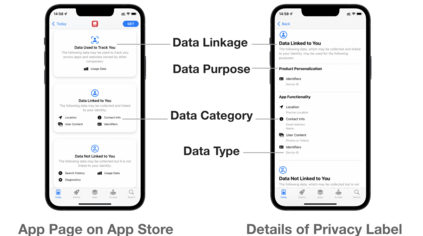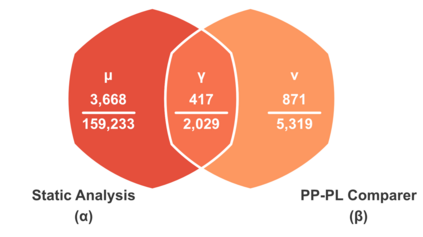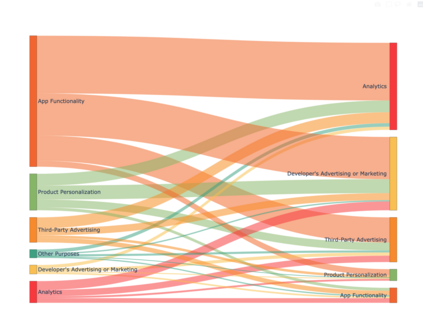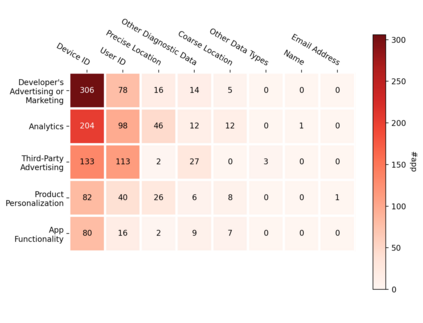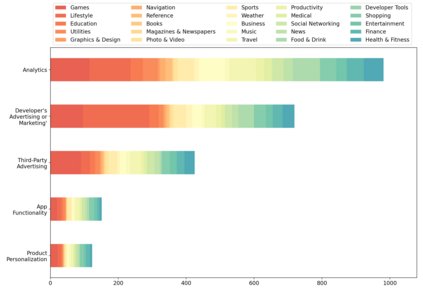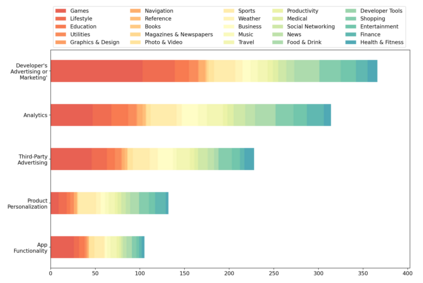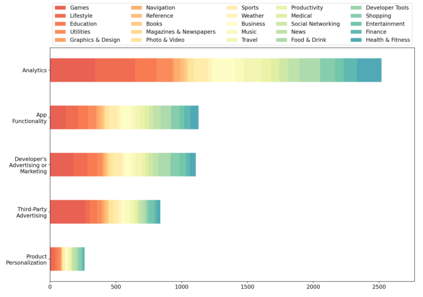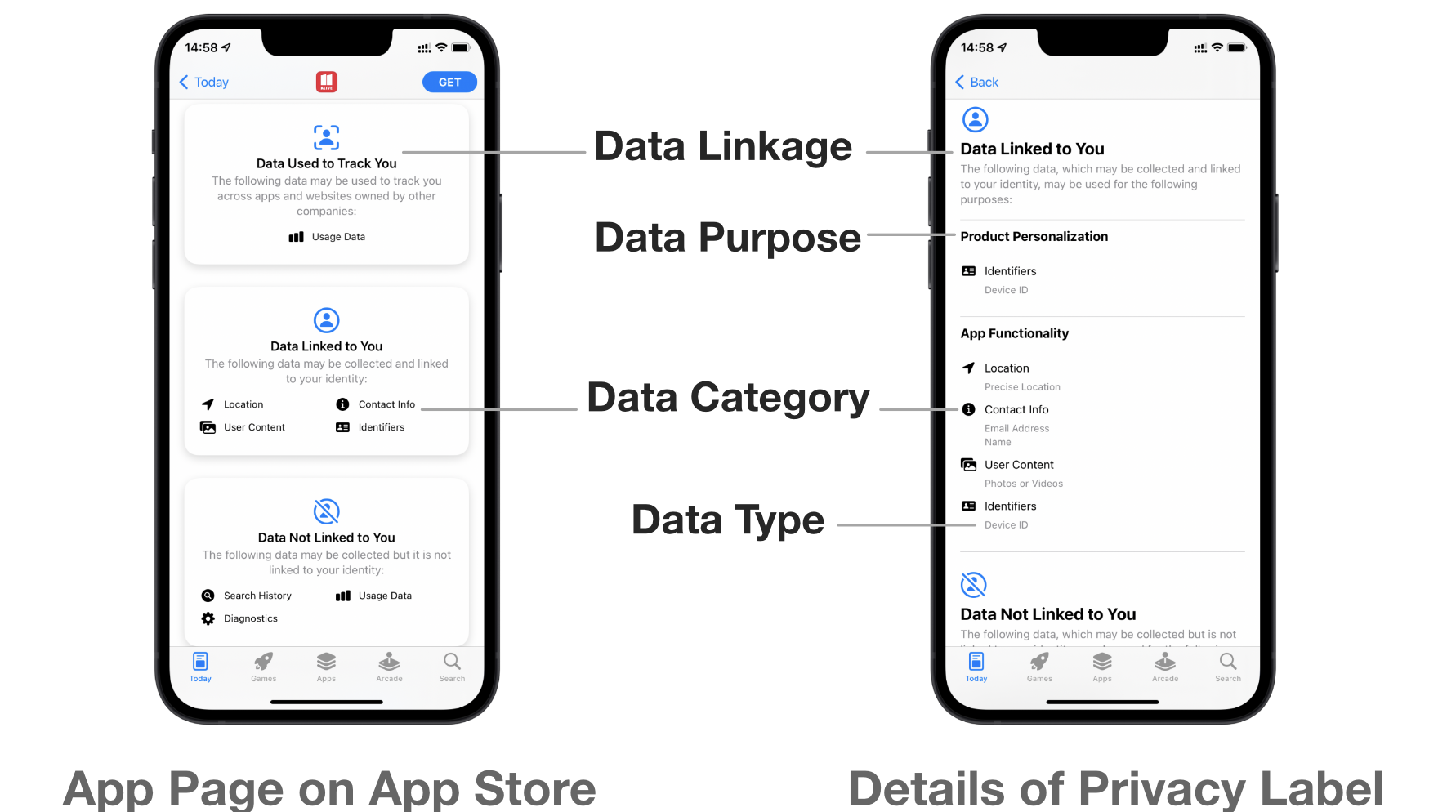As a key supplement to privacy policies that are known to be lengthy and difficult to read, Apple has launched the app privacy labels, which purportedly help users more easily understand an app's privacy practices. However, false and misleading privacy labels can dupe privacy-conscious consumers into downloading data-intensive apps, ultimately eroding the credibility and integrity of the labels. Although Apple releases requirements and guidelines for app developers to create privacy labels, little is known about whether and to what extent the privacy labels in the wild are correct and compliant, reflecting the actual data practices of iOS apps. This paper presents the first systematic study, based on our new methodology named Lalaine, to evaluate data-flow to privacy-label (flow-to-label) consistency. Lalaine analyzed the privacy labels and binaries of 5,102 iOS apps, shedding light on the prevalence and seriousness of privacy-label non-compliance. We provide detailed case studies and analyze root causes for privacy label non-compliance that complements prior understandings. This has led to new insights for improving privacy-label design and compliance requirements, so app developers, platform stakeholders, and policy-makers can better achieve their privacy and accountability goals. Lalaine is thoroughly evaluated for its high effectiveness and efficiency. We are responsibly reporting the results to stakeholders.
翻译:作为隐私政策的关键补充,众所周知,隐私政策是冗长的,难以阅读,苹果公司推出了应用程序隐私标签,据称这有助于用户更容易理解应用程序的隐私做法;然而,假的和误导的隐私标签可以让有隐私意识的消费者下载数据密集型应用程序,最终削弱标签的可信度和完整性;虽然苹果公司发布应用程序开发商创建隐私标签的要求和准则,但鲜为人知的是,野生隐私标签是否正确和在多大程度上符合隐私标签,反映了iOS应用程序的实际数据做法。本文根据我们称为Lalaine的新方法,首次进行了系统研究,评估数据流向隐私标签(流程到标签)一致性的数据。 Lalaine分析了5 102个iOS应用程序的隐私标签和二进制,揭示了隐私标签不合规的普遍性和严重性。我们提供了详细的案例研究,分析了隐私标签不合规性的根本原因,补充了先前的理解。这导致对改进隐私标签设计和合规要求有了新的洞察,因此应用程序开发商、平台利益攸关方以及决策者能够更好地实现隐私和高报告效率的目标。

